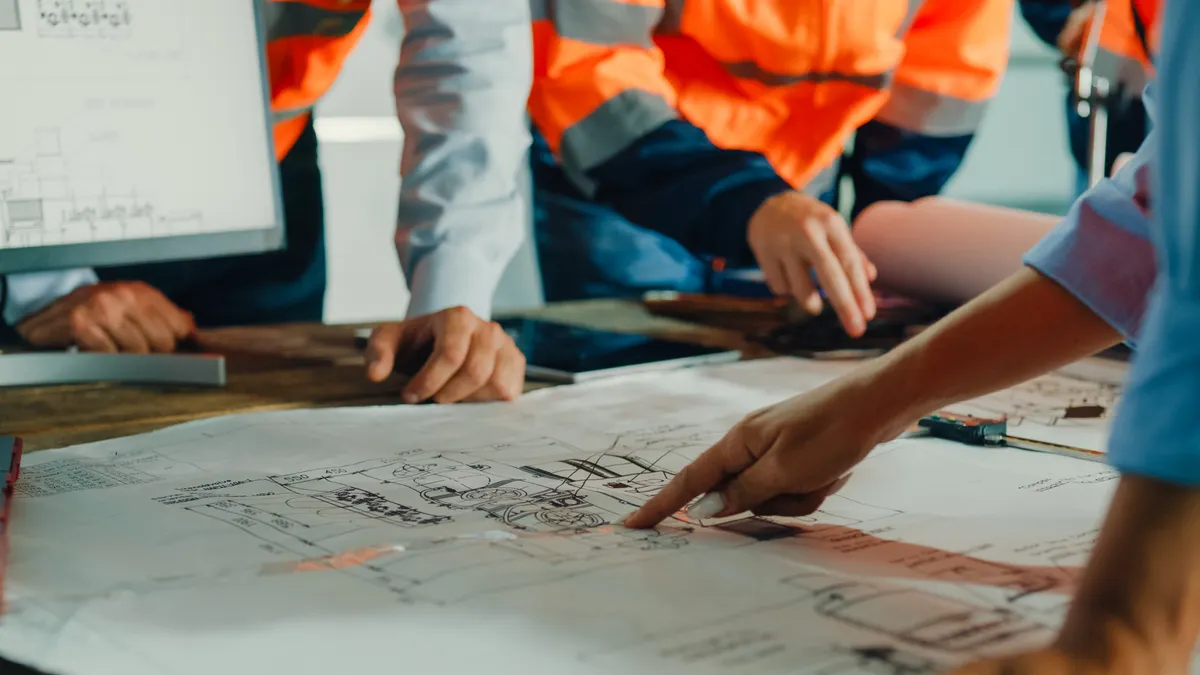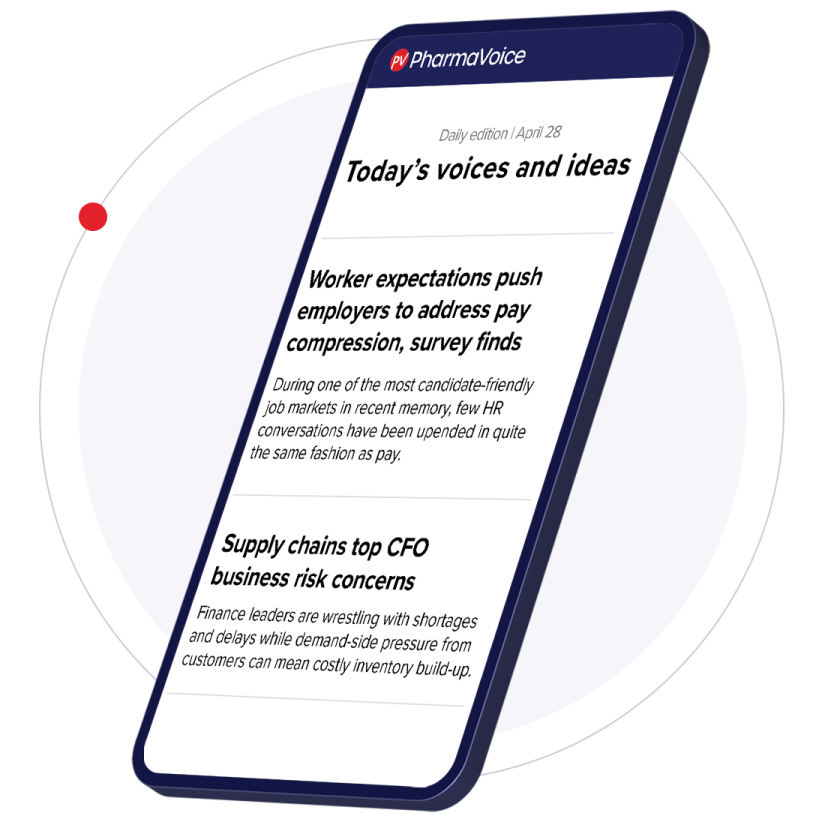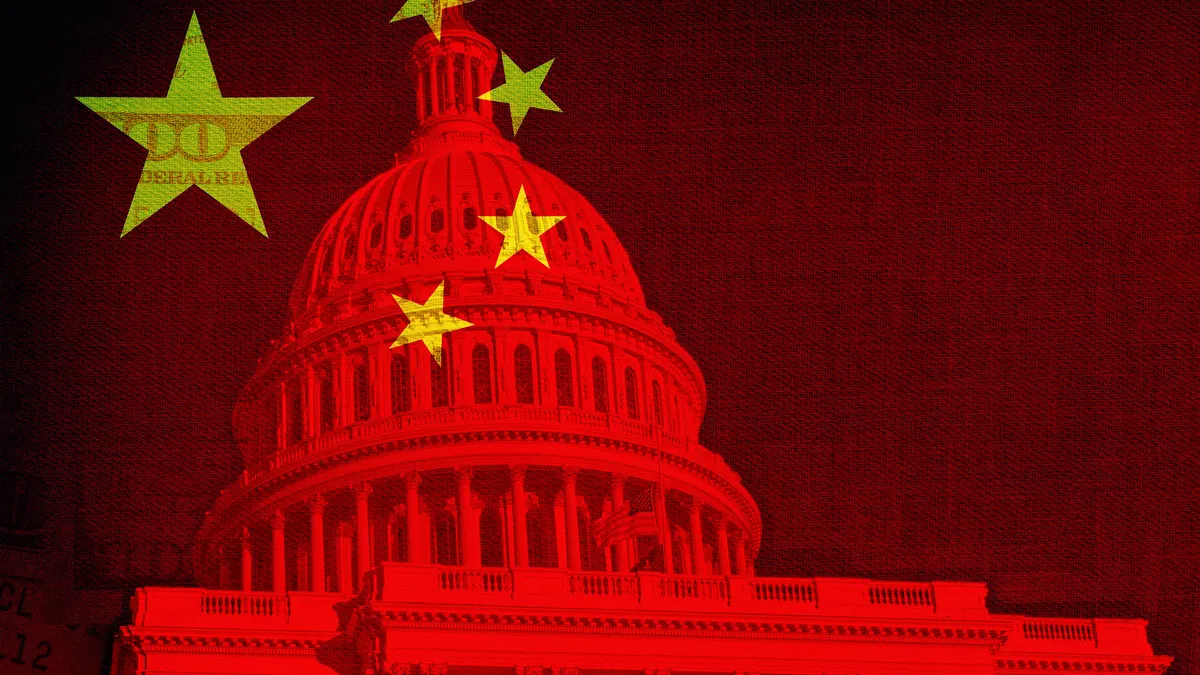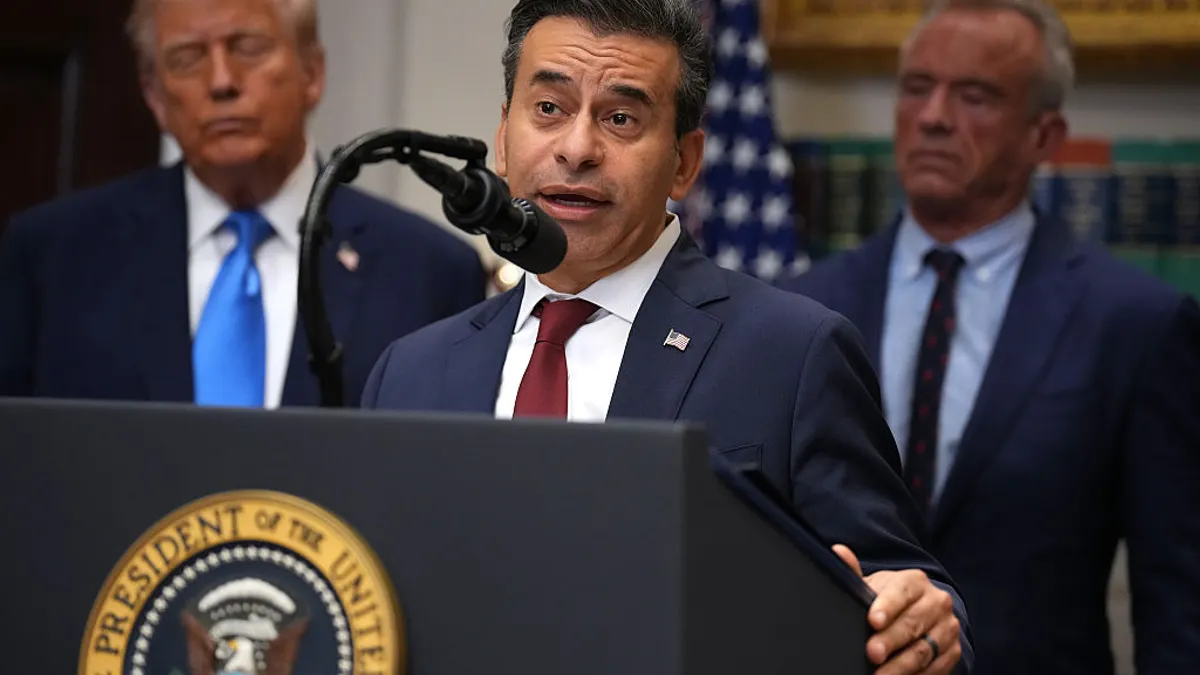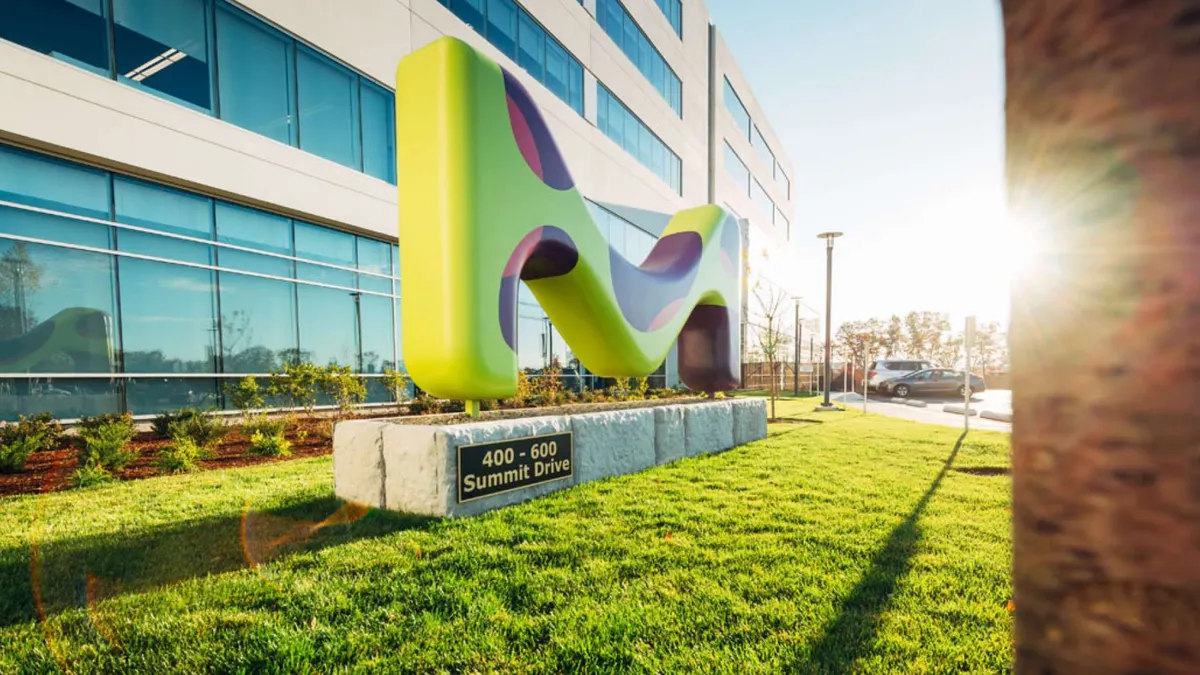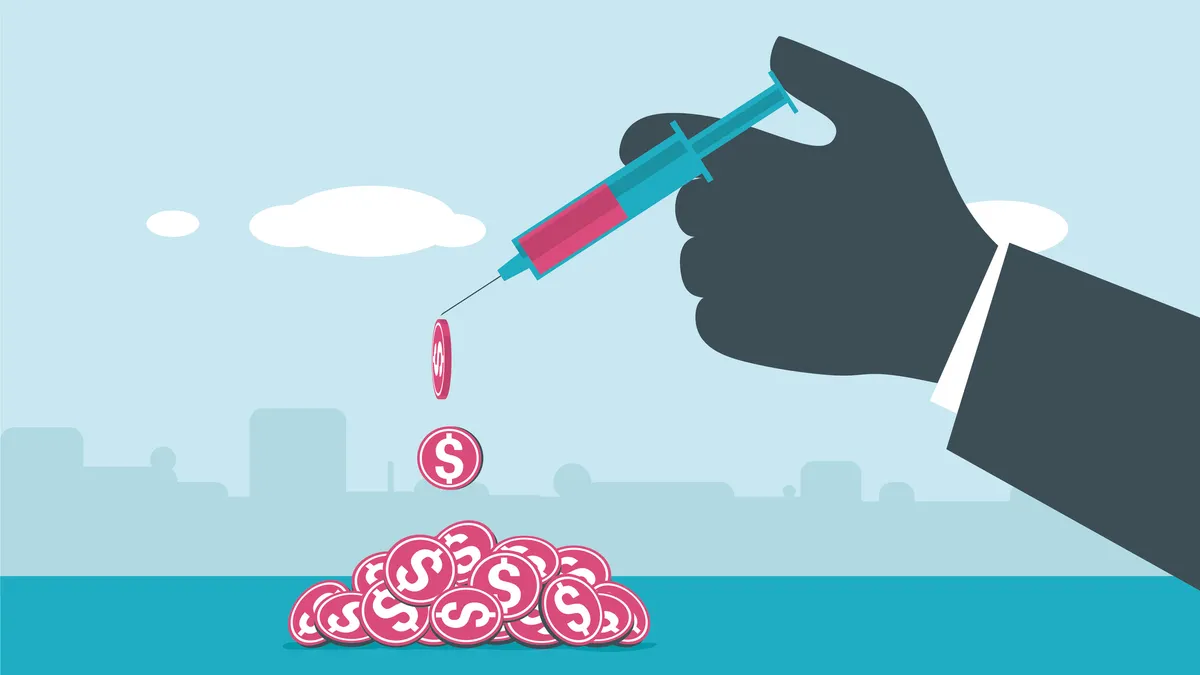Pharma building is booming in the U.S. right now, led by Big Pharma’s rush to bring many of their operations to American shores.
“I’ve been in this industry for 35 years [and] I’ve never seen it as hot as it is right now,” said Michael Marston, life sciences core market co-leader at California-based DPR Construction, which counts pharma companies like Eli Lilly, Pfizer, Johnson & Johnson, Merck, Novartis and Roche among its clients.
Pharma companies plan to invest more than $370 billion in U.S. manufacturing over the next five years, according to a report from DPR.
In the second half of 2025 alone, some of the industry’s biggest players have announced massive building projects. Merck started construction in October on a $3 billion, 400,000-square-foot pharmaceutical manufacturing facility in Virginia, which is part of the company’s more than $70 billion investment to expand domestic manufacturing and R&D.
Johnson & Johnson is dropping $2 billion on a facility in North Carolina as part of a $55 billion U.S. investment over the next four years.
And earlier this year, Roche said it will put $50 billion into the U.S. over the next five years. AstraZeneca made a similar $50 billion pledge to take place over the next five years, with companies like Sanofi, Novartis and GSK following suit.
There’s also AbbVie, which will pour $195 million into its Chicago manufacturing plant to expand domestic active pharmaceutical ingredient production. That, too, is part of a more than $10 billion U.S. capital investment.
Marston said pharma’s U.S. manufacturing push heated up during the COVID-19 pandemic, which “exposed” the fragility of the global supply chain. Now, it’s gaining even more steam thanks to the Trump administration’s threats to impose tariffs unless companies build U.S. plants.
Although borrowing rates and material costs are up and NIH funding is down, Big Pharma appears undeterred, and project commitments are “much larger than what we’ve traditionally seen in the past,” Marston said.
“Most of the project expenditures are coming from companies that have internal funding,” Marston said. “Those who have money, which tends to be Big Pharma, are absolutely spending it right now and driving a lot of what we're seeing in the industry.”
Here are four things to know about the pharma building boom in the U.S.
1. Projects are concentrated
Construction is especially hot along the Eastern seaboard, especially in the Raleigh-Durham region of North Carolina, Marston said. The long-time research hub is actively courting the pharma industry with promises of lower operating costs and a supply of highly skilled workers.
“Last year alone we had announcements of manufacturers either setting up their operations or expanding operations here, in the amount of a little over $10 billion of announced projects and about 4,500 jobs,” Doug Edgeton, president and CEO of the North Carolina Biotechnology Center, told PharmaVoice earlier this year.
But building in only a few areas of the country has downsides, Marston warned.
“It's concentrating a lot of work in relatively small geographies, which is stressing the contractor and subcontractor partners that are actually able to execute this,” he said, resulting in having to reach beyond the geographical area to “get the right labor and right subcontractor support.”
2. Power at a premium
The first questions construction clients ask, according to Marston, “are always around specific material components.” And whether there is enough electrical power available from utilities is one of the biggest concerns.
That need will be heightened by a rise in AI datacenters and supercomputers.
Eli Lilly CEO David Ricks expressed this concern recently regarding its work with chipmaker Nvidia to build the “most powerful supercomputer owned and operated by a pharmaceutical company” that could power an “AI factory.”
“There’s no version of the next five years where we don’t need a lot more power … and if we want to grow our industrial base, that’s what’s required,” he said at the BioCrossroads Life Sciences Summit earlier this month.
3. Regulatory changes haven’t made an impact
Cuts to NIH funding have not appeared to impact pharma manufacturing investments, and other regulatory changes have also not stopped the train.
When it comes to manufacturing, companies must take regulatory validation steps and provide documentation to demonstrate to the FDA that the facility is ready for full operations. So far, that hasn’t been much of a speed bump.
“There have been a lot of shake-ups in the FDA recently, but we haven't seen an impact yet to how our projects are actually going through that regulatory phase,” Marston said.
4. The building boom excludes generics
Most generics are manufactured overseas in countries like India and China, and that’s not likely to change.
Marston said that while DPR’s business represents only “a small portion of the total market,” he hasn’t seen generics companies expressing interest in manufacturing here or bringing manufacturing to the U.S.
The Trump administration recently said generics would be exempted from its pharma tariff plan, the Wall Street Journal reported, which could remove the incentive to build in the U.S.


